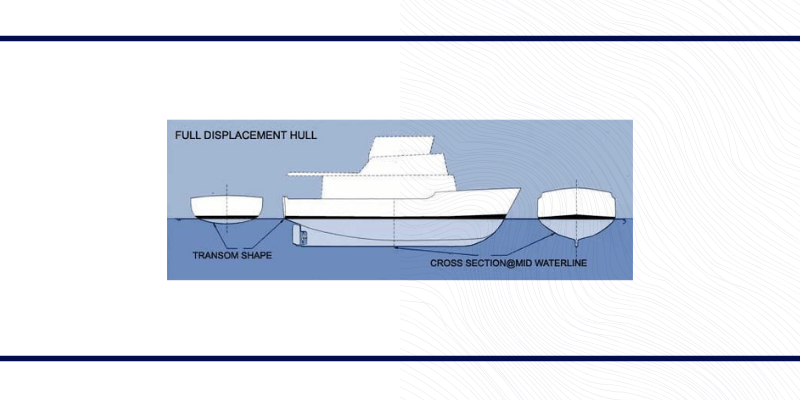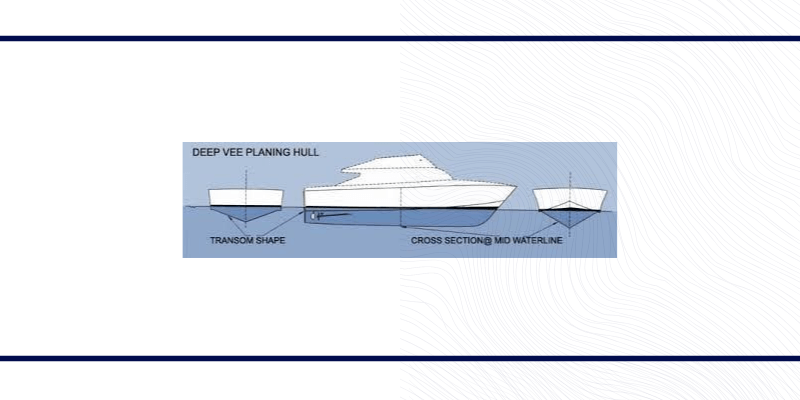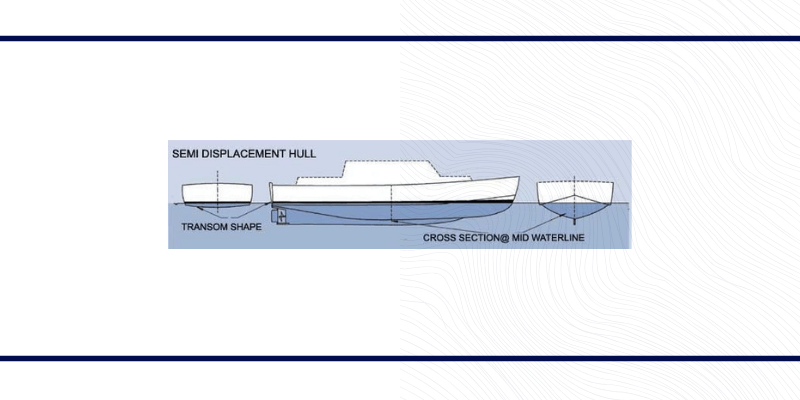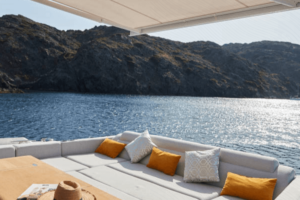Power Boats - Hulls, New or Used & Transportation
As we mentioned in the first blog in this series – Boat Life Introduction – there are many choices to be made in determining what type of boat best fits your needs and deciding which boat to buy. This blog looks to provide you with useful information to help you decide on 3 of these specifically related to buying a power boat:
- The construction and shape of a power boat’s hull makes a difference. Here is a simple guideline explaining the different types and what to expect from each.
- Another question you’ll be asking is whether you should buy a brand new boat or get a used boat. Below are some considerations for you to ponder, which includes your having the opportunity to make the decisions on some of the technology that you’ll have on your boat, and some relative costs.
- If you are planning to launch your boat at various locations then you will need to consider the means of transportation for your new boat.
Which Boat Do I Buy: Power Boat Hulls & Construction
There are three main types of hull:
1. Displacement hull
Economic on fuel, cope better with heavy seas, limited in their ability to reach high speeds, are better suited to long distance cruising, and for heavy vessels like trawlers and tugs.
2. Planing hull
These types of boats utilise more powerful engines and are generally made from strong, yet lightweight materials, and designed to skim over the water at speed providing lots of fun.
3. Semi-displacement hull
Designed to combine the benefits of the other two types of hulls providing the best in terms of speed and practicality: capable and efficient in rough seas and also able to achieve a reasonable speed.
Construction Types
Boats can be built from a variety of different materials and each has its advantages and disadvantages, particularly when it comes to speed, maintenance, and repair. A few different types are mentioned below.
For wooden boats maintenance is key. Wooden boats are perfect for those who have the time and money for their upkeep which requires extensive knowledge and skills that take a long time to acquire and therefore are expensive to buy.
The most common material used for the production of boats is Glass Reinforced Plastic (GRP)/Fibre glass. These are the most popular boats by far as they’re lighter, have relatively low maintenance, are long lasting and hold their value well. If you’re buying a second hand boat, check for any signs of stress cracks on corners, around the hull and deck, and for blisters below the waterline.
A select few boats are made from Aluminium alloy as a high skill level is required for building boats from this material, therefore building costs are greater and these boats tend to be for a specialised market. One big benefit of this construction material is that alloy does not corrode from saltwater as easily as steel does.
Which Do I Buy: New or Used Boat?
This is often a difficult decision for a first time boat buyer. It is not a question of making the right decision, but rather correctly combining a few of your preferences and of course the restrictions of your budget.
To try and help you with this decision here are a few key factors to think about. Let’s look at a comparative table of benefits:
|
NEW |
USED |
|
We all love something shiny and new. |
You can get a bigger boat for smaller outlay & lower cost per year of ownership. |
|
No need to worry about the boat’s history & how well it’s been looked after. |
Easier and less costly decision to make if you feel you want to change to a different boat. |
|
You get to choose the latest technology, design & innovations. |
You don’t have to go through the initial stages of fear of scratching it. |
|
Any problems and you can fall back on the manufacturer’s warranty. |
No need to deal with any teething problems of a new purchase. |
|
No need to wonder – why is this boat for sale? |
Much easier to do research and uncover any flaws in design or equipment. |
|
You have the opportunity to add in your preferences based on your intended usage. |
More options available for buying the boat from different sources & for negotiating price. |
|
Lower maintenance costs and zero repair costs compared to used boats. |
Drastically reduce initial outlay to purchase your boat. |
|
Delivery costs usually included in the price tag. |
Often a used boat will be better equipped. |
|
Good financing options. |
Less depreciation than a new boat. |
Transporting Your Boat
As mentioned in the above table, it is usually the case that delivery of your boat is included in the purchase price, particularly for new boats. Once you’ve taken delivery what’s the plan as far as storage, mooring, and mobility of your boat?
Having a trailer for your boat provides you with many options. You’re free to boat on just about any lake, river, bay or inlet, you can explore different waterways and coves, move to different ports, and it’s also the most affordable way to store your boat. It will add to the boats’ purchase price but in the long run it can actually save you money. If you can park your boat at home you can avoid other costs like boat storage and marina fees.
Have no fear, there are easy, step by step guides available on which is the right trailer for your boat; how to load your boat onto a trailer; how to tow a boat, and how to launch a boat. Contact one of our friendly staff members on either 01522 567404 or 01473 225710 who will be only too pleased to share these guides with you.



